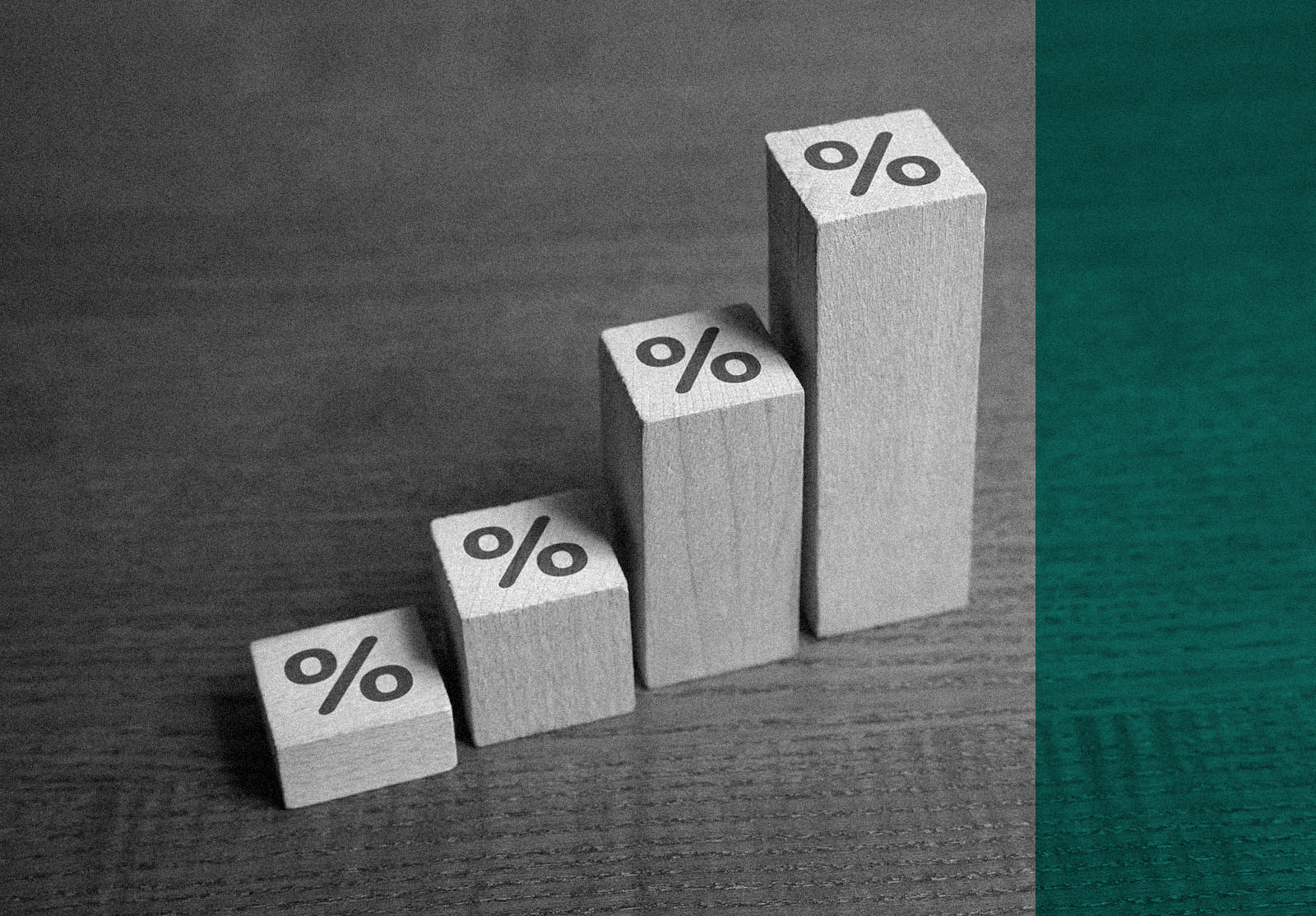



In a significant move to enhance consumer protection, the Australian government announced on September 13, 2024, that it will impose fines of up to 50 million Australian dollars (approximately US$33.6 million) on companies that fail to adequately protect customers from scams. Assistant Treasurer Stephen Jones revealed the new laws, which will target banks, telecommunications companies, and technology firms. This initiative comes in response to alarming statistics showing that Australians reported losing 2.74 billion Australian dollars (US$1.84 billion) to scams in 2023. Under the new regulations, banks will be required to report scams immediately and take steps to halt payments [61ac6c7b].
The move to impose fines is part of a broader strategy to combat the rising tide of scams affecting Australian citizens. Victims of scams will have the option to seek compensation through the Australian Financial Complaints Authority, reinforcing the government's commitment to consumer rights and financial security. This initiative is particularly timely as the country grapples with a surge in business bankruptcies, which has reached a 25-year high, further stressing the importance of consumer trust in financial institutions [9aa556e5].
As the economy faces challenges with increasing business failures and rising mortgage rates, the government's focus on protecting citizens from scams is seen as a crucial step in maintaining public confidence in the financial system. The Australian economy has been under pressure from high interest rates and cost-of-living increases, leading to significant financial distress among businesses and households alike. The new scam protection measures aim to mitigate some of these pressures by ensuring that companies take proactive steps to safeguard their customers [73479cab].
In light of the recent economic climate, where corporate bankruptcies have surged in Australia, the U.S., and the UK, the government's initiative reflects a growing recognition of the need for robust consumer protection measures. The rise in scams has been exacerbated by economic uncertainties, making it imperative for companies to prioritize the security of their customers [459d8eee].
Overall, the Australian government's decision to fine companies that do not protect citizens from scams represents a proactive approach to consumer protection, aiming to hold businesses accountable and reduce the financial impact of scams on the public. This initiative is expected to foster a more secure environment for consumers and restore confidence in the financial sector amidst ongoing economic challenges [61ac6c7b].